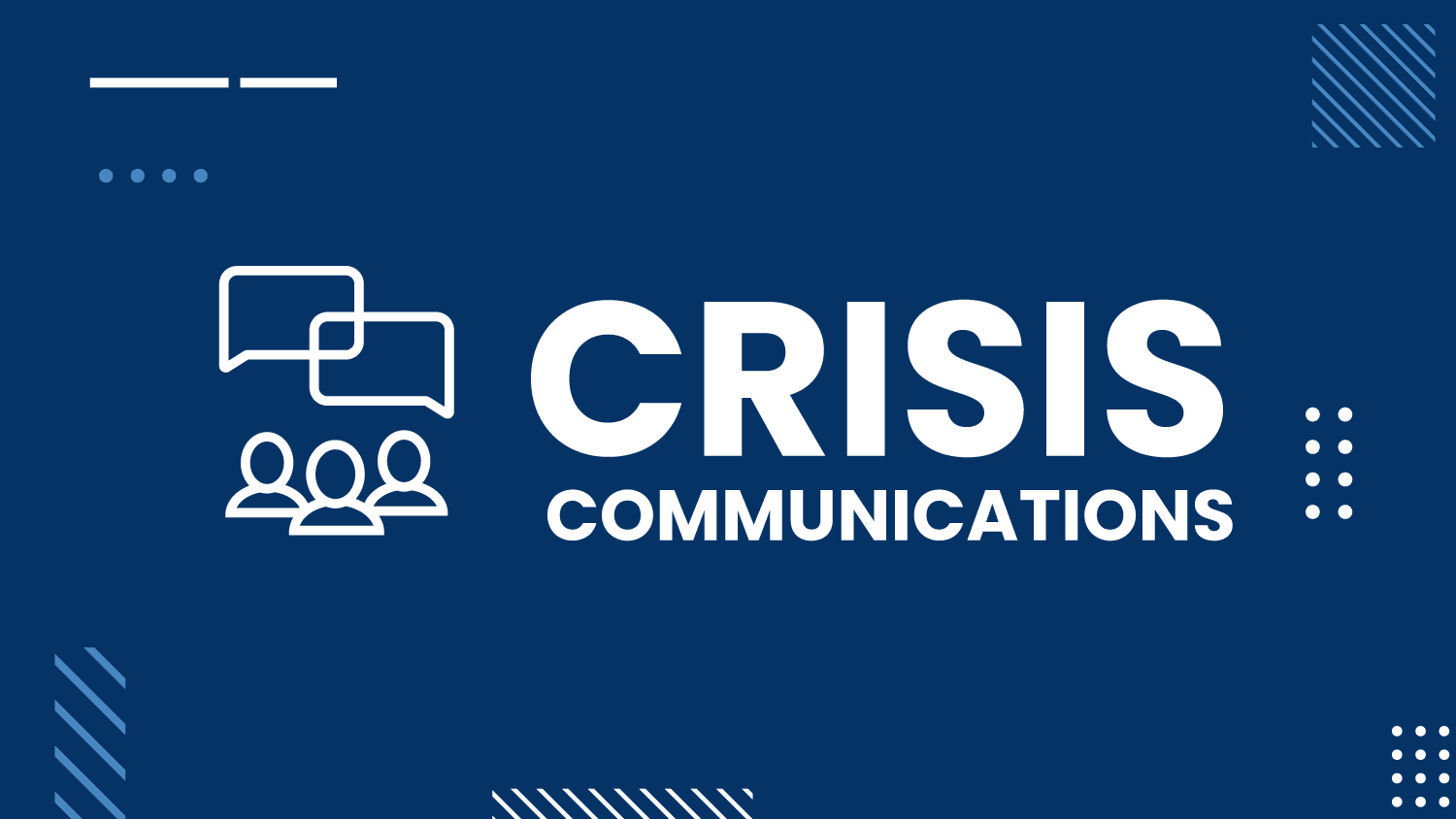
The cover of Sunday’s New York Times Business Section was: what not to do in case of emergency, drawn from the recent examples of BP, Toyota and Goldman Sachs. I would also add H-P to that list, though obviously to a lesser degree.
It’s well worth reading the article, but here are some lessons, drawn from Peter S. Goodman’s article. Please note: what follows is general advice, not directed at or in response to any particular company or specific situation.
- When faced with a potential crisis, don’t delay in responding. At the same time, don’t give off-the-cuff responses. If you need to research the situation, say so, then provide regular updates because of course you’ll need to evaluate the issues involved.
- Don’t blame other people or factors. You can’t spin your way out of a catastrophe. “There’s not a lot of news when the company takes responsibility and moves on,” according to James Donnelly at Ketchum.
- Don’t take an adversarial position with the public, government officials or the media. After all, when the crisis is over, you’ll need to maintain good relations with customers, regulators and the media.
- You don’t always have to get out in front of the story, according to Eric Dezenhall, who believes there may be some situations where the issues are just against you, and it’s best to “absorb the pounding,” in the words of the Times article. Tiger Woods’ scandal may be an example of when it might be best to make an apology and drop out of view.
- Don’t start post-crisis communications efforts (usually done via TV spots and the phrase, “working together, we’re solving this issue”) while the crisis has not yet been solved. It will look insincere. However, it’s okay to start communicating your apology and taking responsibility for the crisis.
- Don’t forget your communications goals: As Dezenhall says, “It’s the height of arrogance to assume that in the middle of a crisis the public yearns for chestnuts of wisdom from people they want to kill. The goal is not to get people not to hate them. It’s to get people to hate them less.”
- Don’t provide the updates you want to hear. Provide accurate updates. Credibility will be important after the crisis has been forgotten. But people will remember if they felt you were not truthful.
- Don’t get caught between your attorneys and your PR team. Your attorneys will advise against taking responsibility because that may open you to law suits or make it easier for plaintiffs to win their claims against you. On the other hand, your PR team will advise you to be as open as possible. You’ve got to draw a line in the sand, and stick with it, and not get caught in ongoing arguments from either side.
- You should prepare a crisis plan to keep focused on how to research, resolve and communicate about a crisis. That means you should update the plan, too. If you pull your crisis plan out of your desk, does it include how to monitor and address social media? If the plan was created six years ago, it’s way too old because that was before Twitter, YouTube and other tools that can communicate the other side of the story — i.e., not yours — fast.
- Don’t go off message. Recent off-the-cuff messages by CEOs sparked more controversy, and became the main story element for the next 48 hours or longer. If the message is off, it can have a stronger impact than much of what you’re doing right. Who can forget Pres. George W. Bush’s “You’re doing a heckuva good job, Brownie” to Michael D. Brown, the then-head of FEMA in the immediate aftermath of Hurricane Katrina — when the opposite was clear to everyone watching TV.
- Remember to communicate internally. Too many companies circle the wagons in a hastily set war room, and forget to communicate to their employees, customers, and partners — these are potential allies who can help. They can also lose confidence if the only information they’re getting is from external sources.
- Keep your board of directors and major investors informed. For public companies, it’s critical to communicate with your board of directors and major investors. Even if you handle the situation, you may lose the confidence of the board or shareholders if they feel you have not been honest with them. That’s part of the reason H-P’s board pushed out Mark Hurd, despite the fact he had turned around the company. Poor communications with his board after a poor response during an ice storm is part of the reason that JetBlue fired its founder David Neeleman. Good communications plans identify in advance who the crisis team needs to keep informed.
- People in a 24//7 war room still need to take a break. Exhaustion can distort perception, realities and priorities. A crisis can alter the perception of the organization, cloud their minds when it comes to objectively assessing the facts, the internal and external perceptions, the priorities, even the right move. For that reason, people inside the war room need to make sure to take a breather, go for a walk, get outside the war room mentality so that they can be effective. We can never know for sure, but if Tony Hayward had taken a break, he might not have said during an interview, saying apologizing and saying “There’s no one who wants this over than I do,” that “I would like my life back.”
- Don’t blame the 24/7 news cycle. According to Google CEO Eric Schmidt, writing in Forbes: “What are our choices when we, whether as individuals or businesses, get it wrong–sometimes badly wrong? We can try to conceal our blunders, as so many people have done for so many centuries. But in a world where everything is recorded and stored, that is not a realistic option. Nor should it be. For a company that aspires to true significance or an individual who wants to rise to prominence, the question is, ‘How should we behave?’ The answer must be, ‘We did the best we could and did so transparently.’ In time this should move from a defense to an expected standard.”
- Even if you have a plan, you need to be able to adjust it as necessary. The nature of a crisis is that you can’t always anticipate how the narrative unfolds. Developing and rehearsing a crisis plan is important. But it’s also important to know when to change directions and adjust tactics, mid-crisis, to achieve your goals. After all, too often a seemingly minor issue can become the story — like when the CEOs of the major US automakers flew on separate private jets to testify before Congress. The point: you may have to sort out the realities of the actual crisis as well as the perception around the crisis, and those perception issues follow a different, unexpected path.
For more, check out the Times article. The hardcopy also included a sidebar, “Three P.R. Nightmares” (not available online) that listed the cost of the impact the scandals had on the stock prices of Toyota, BP and Goldman. Interesting proof points to why crisis planning is important and valuable.



